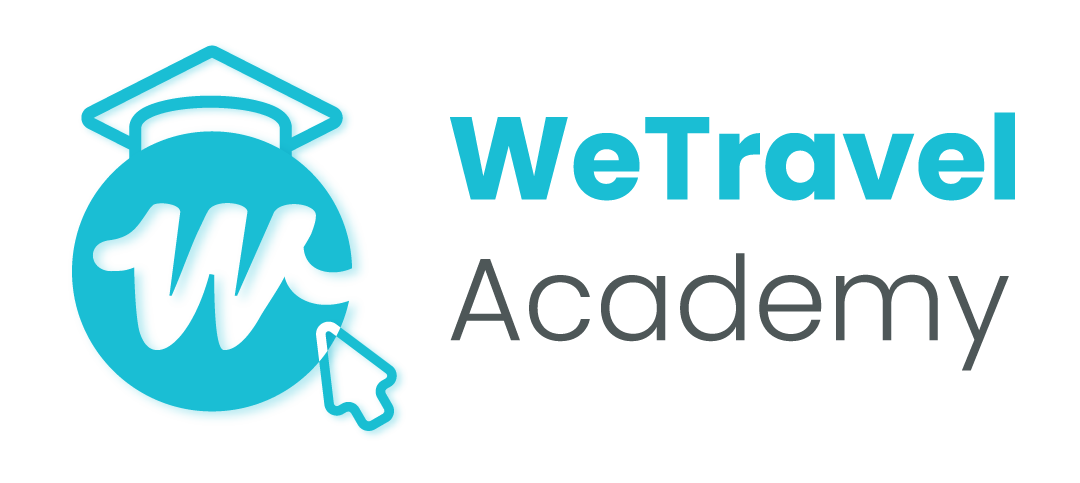How to Attract Female Customers to Your Travel Business
Women make 80% of all travel decisions and are considered the most influential demographic group in the travel industry, according to many reports. As such, marketing your travel business to attract women is an essential business strategy.
Not only were women traveling in record numbers pre-pandemic, but, as the world began to reopen, they also accounted for nearly two-thirds of all travelers and spent more than $125 billion on travel in 2021. And this growth is projected to continue. For example, according to JourneyWoman, thirty percent of women are planning an international trip over the next six months.
All of this is to say: Women are a critical customer base and an important group to appeal to- not only in the name of representation within the travel industry, but also in the name of better business.
Here are four tips to help your travel company start your marketing journey to appeal to women:
1. Target Audience: Identify Your Target Audience
First–and most importantly–in order to create a female-centric marketing strategy, you must understand your audience. Female travelers are a diverse and complex group with different needs and concerns. As such, it is impossible to successfully market to every woman. Instead, start to identify and define your target audience or niche. For example, are you appealing to female solo adventurers? Women who take part in “girlfriend getaways?” Or mothers booking family trips?
The women belonging to each of these segments will require very different marketing strategies. Consider which types of women would be most inclined to utilize your services and then market specifically to them using the most relevant platforms. To get started: Click below to download WeTravel’s free guide on how to identify your female traveler target audience.
2. Partnerships: Hire and Partner with Women
Employing women is one of the most straightforward ways to attract female customers and demonstrate your commitment to addressing women’s concerns. Female travelers often feel more comfortable and are able to form stronger relationships with other women. In fact, a UCLA study suggests that there may be scientific reason for this phenomenon as women release oxytocin when befriending others, which can counter stress and create a calming effect.
Additionally, in some conservative countries (think: Middle East, specifically), women are prohibited from certain public spheres or must remain separated from men. These restrictions make traveling with mixed gender groups impossible. Therefore in order for women to take part in certain local customs (like visiting women-only beauty salons in Iran) they must be led by female guides.
With that said, employing women in the travel industry is a complex undertaking, especially for small businesses. It can be difficult to hire local female tour guides in regions where women are excluded from or underrepresented in the tourism industry. However, your best resources are your local expertise and Destination Management Companies. You can start by meeting with these operational businesses in your region to gather more information on employing local women.
3. Marketing Experiences: Offer Women-Specific Experiences
In order to attract more female customers, your business can also offer women-specific experiences. These experiences may include partnering with local, women-led businesses or offering female-only tours or itineraries. For example, in 2020 Insight Vacations launched its “Women Wander Tours” designed by women, for women. In one tour, travelers get to visit a cafe in India run by women who are acid-attack survivors. In another, travelers are able to learn from a renowned female biologist on her conservation work in Slovenia.
However, as the creation of a female-only tours requires significant effort, you can also consider taking smaller steps by including women-run businesses or female speakers on your tours. Organizations, like Tourism Cares, provide solutions and resources to help source women-run businesses. You can check out Tourism Cares' Meaningful Travel Map of North America to find women-run businesses in the region, which can then be added to your existing itineraries. You can also visit this Academy resource for more information on women-run and operated businesses to partner with.
4. Social Media: Share Testimonials From Women
It is essential to create opportunities for your female customers to post and share about their experience with your business. According to Sheconomy, 92% of women will pass along deals or recommendations to others.
One idea is to start with a virtual community for women- a place for female travelers to spread the word about your business. Often, the best communities are built through social media channels. Consider creating a dedicated Facebook group for your female travelers or simply highlighting female-specific testimonials on your social channels.
Expanding on your social platforms, you can also feature any positive testimonials from female customers on your website and/or on review sites. While it is always helpful for women to read reviews about companies, it is even more important that they can read specifically from other women about what they experienced.
This list is just a start to help you market to women and attract more female customers to your business. However, it is not exhaustive and it requires a keen understanding of your target customer. We suggest you start your marketing process with our target audience identifier tool linked above.
No matter which tips you choose to take into consideration, the most important thing to remember is that women want to feel welcomed, comfortable, and safe. If you take steps to appeal to women’s concerns specifically, you are very likely to attract more female customers and improve your business!
*We have used the terms “female” and “women” in this article to refer to any individual who identifies as a woman or with femininity, including transwomen, transfeminine, and non-binary individuals.
New resources, straight to your inbox
We’re committed to your privacy. WeTravel uses the information you provide to us to contact you about our relevant content, products, and services. You may unsubscribe at any time.





